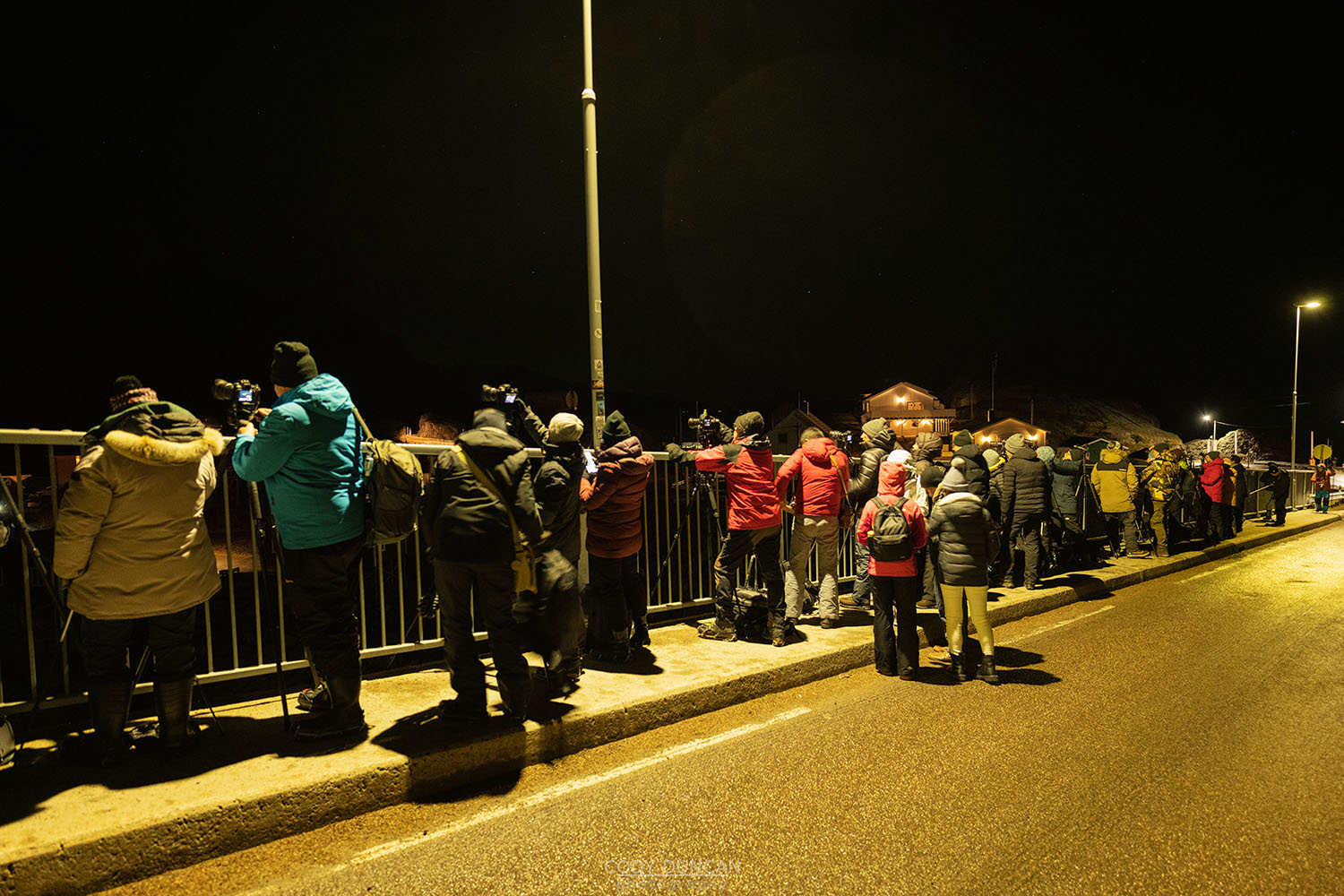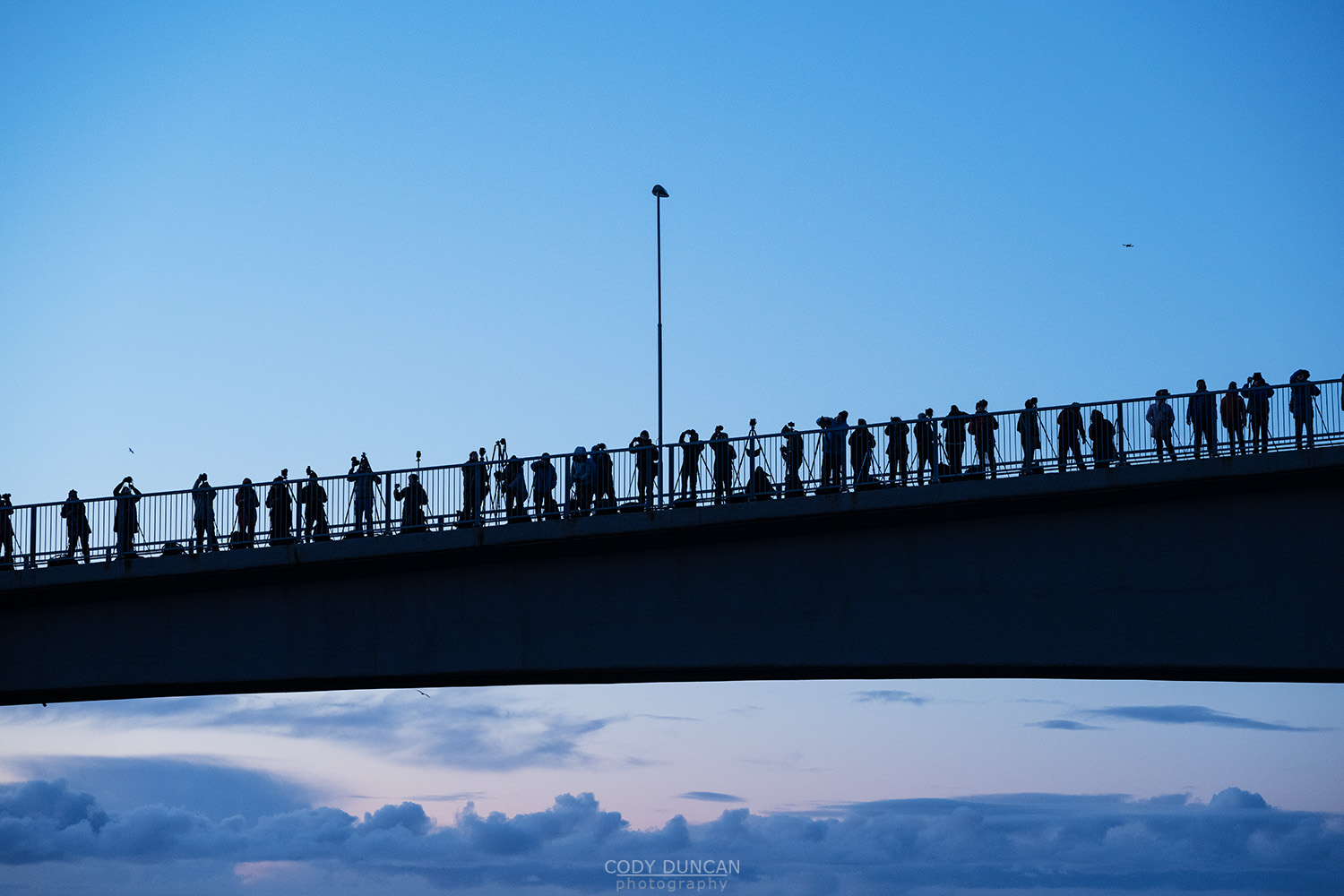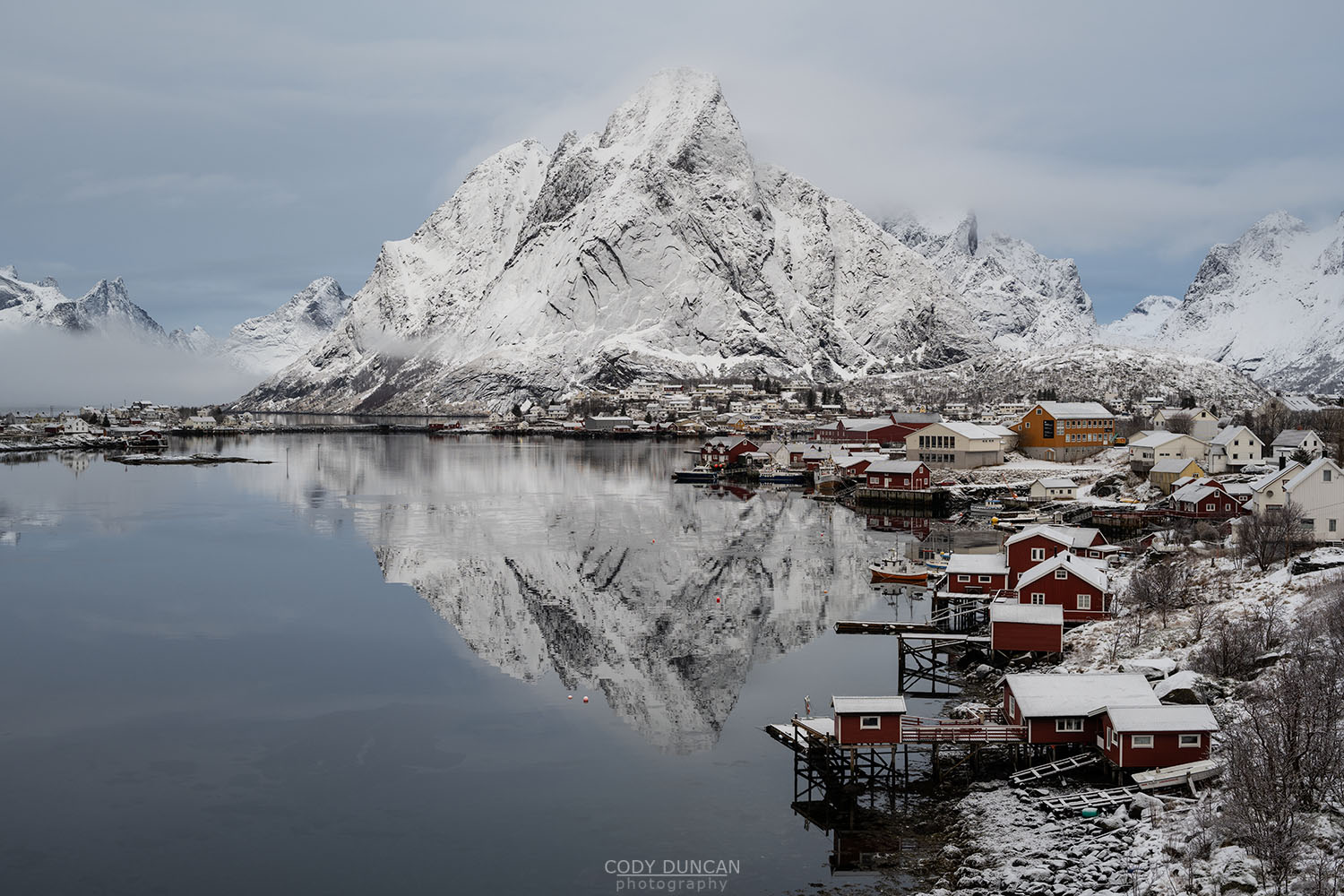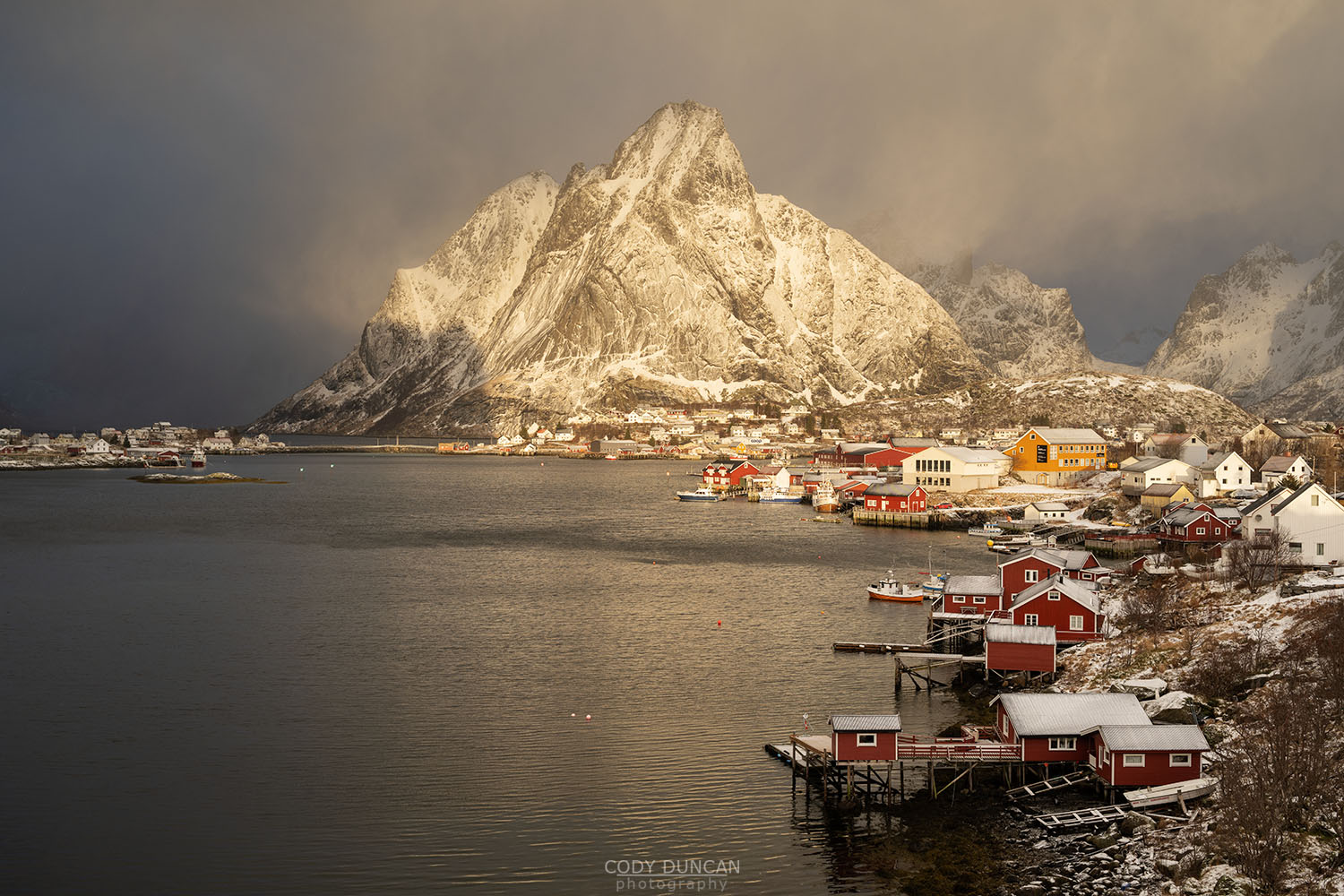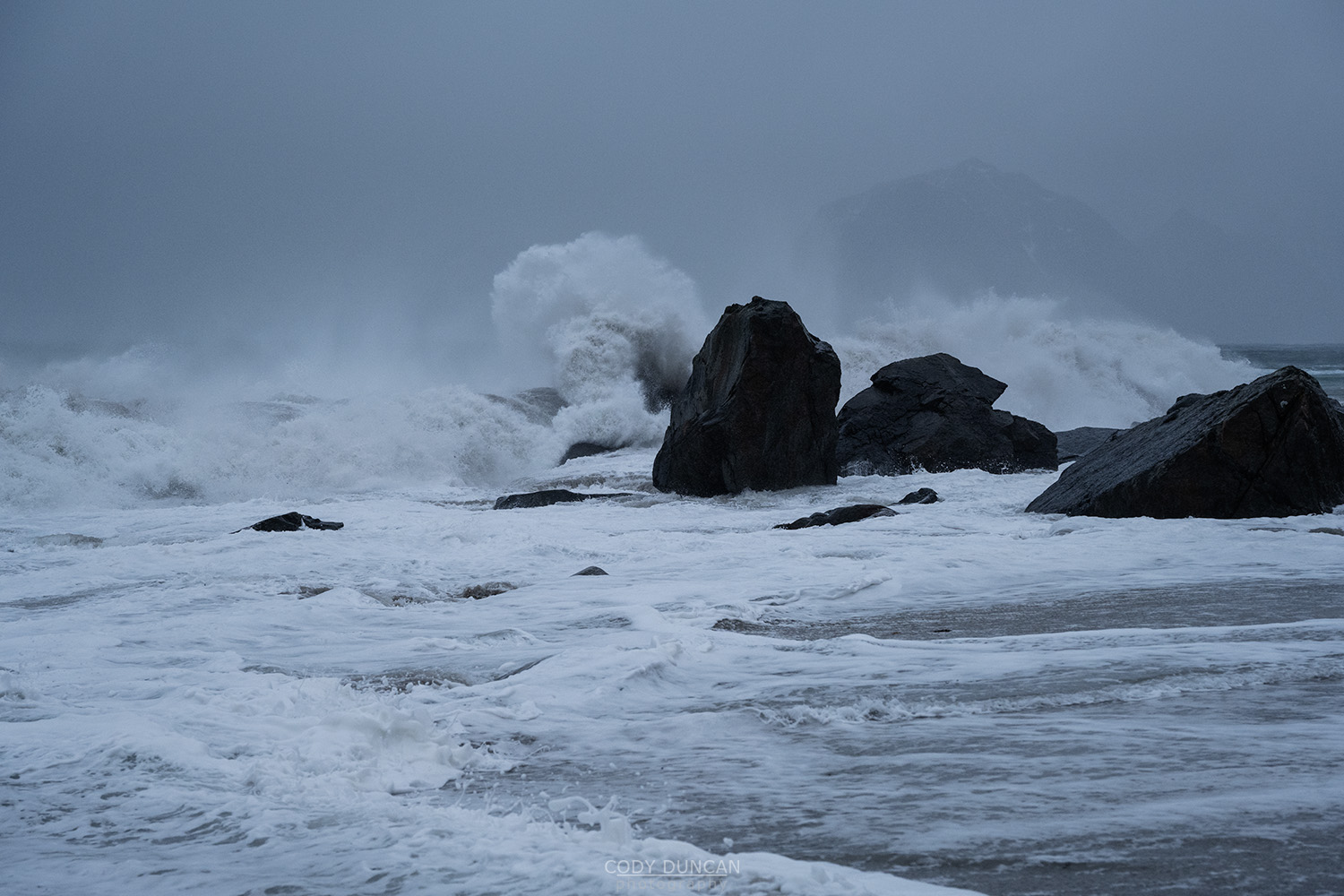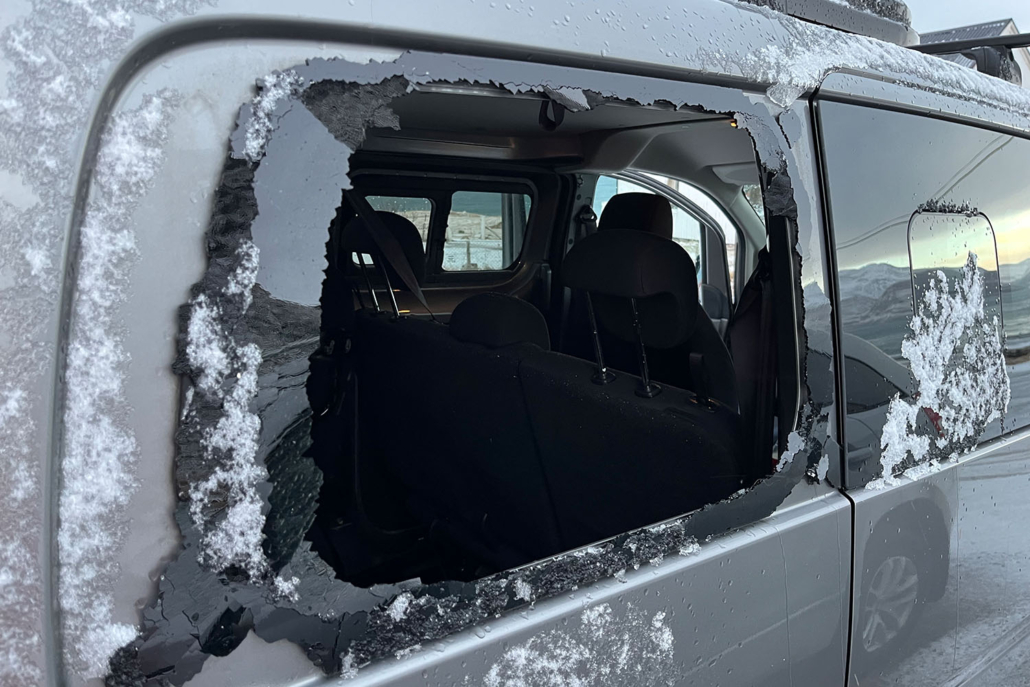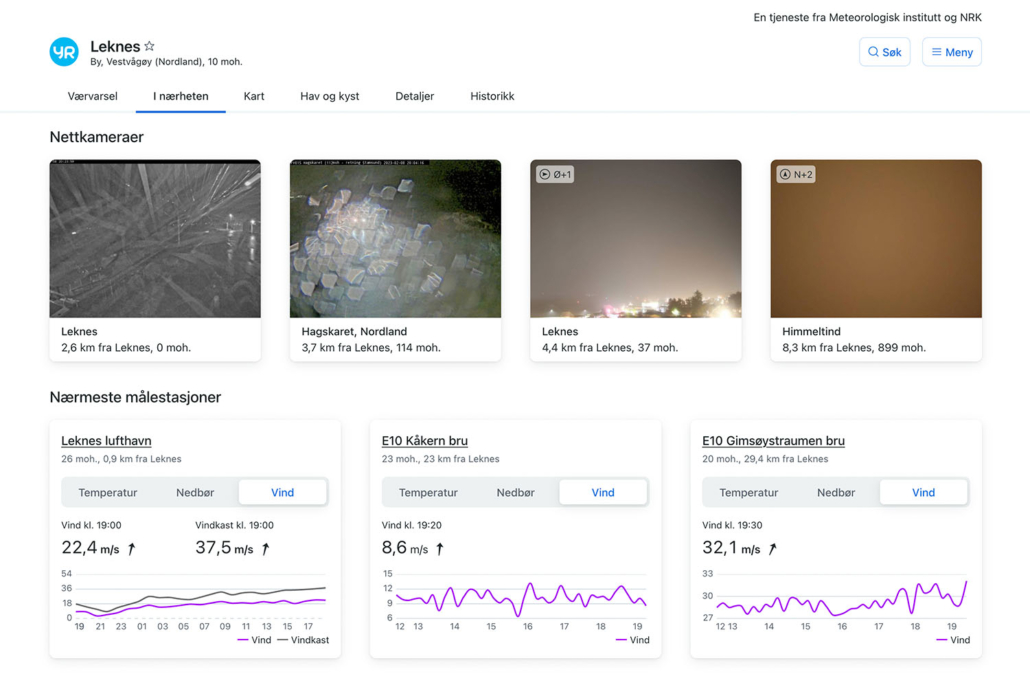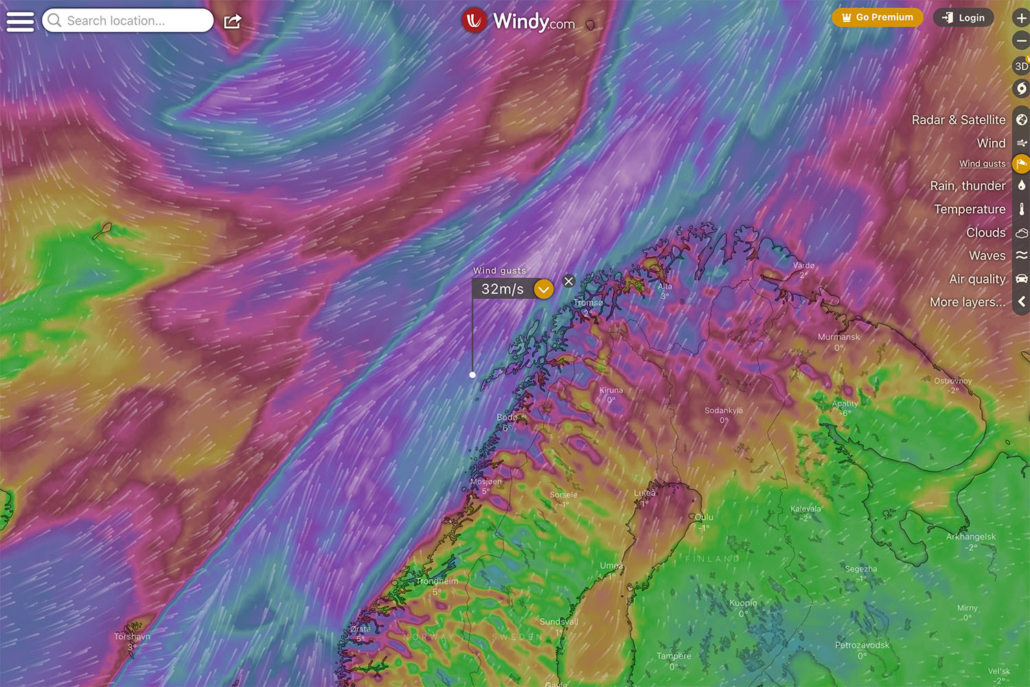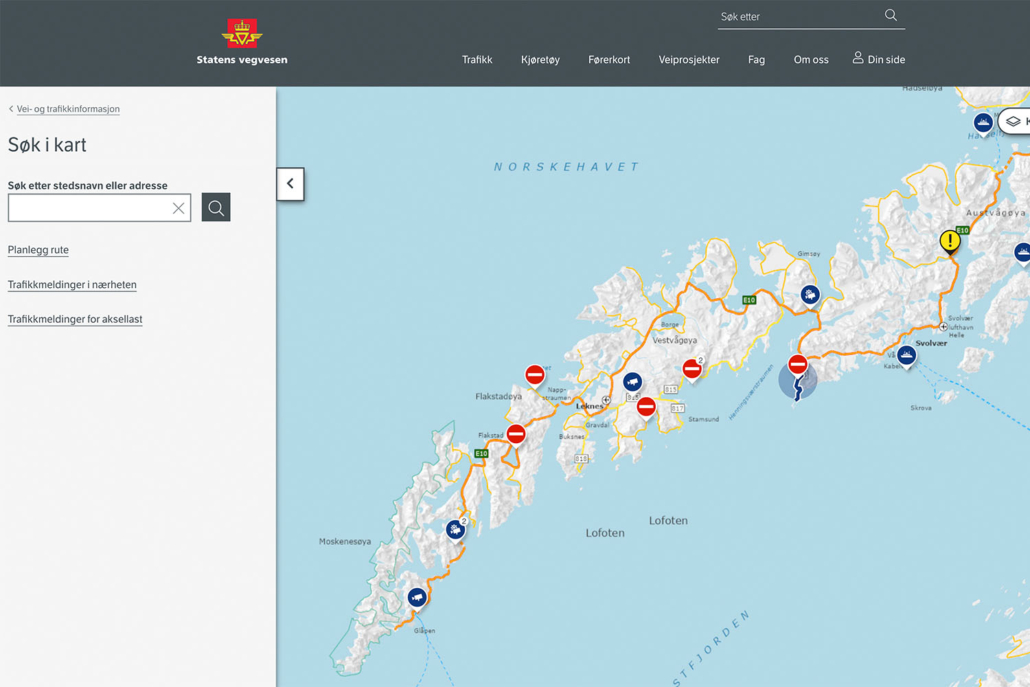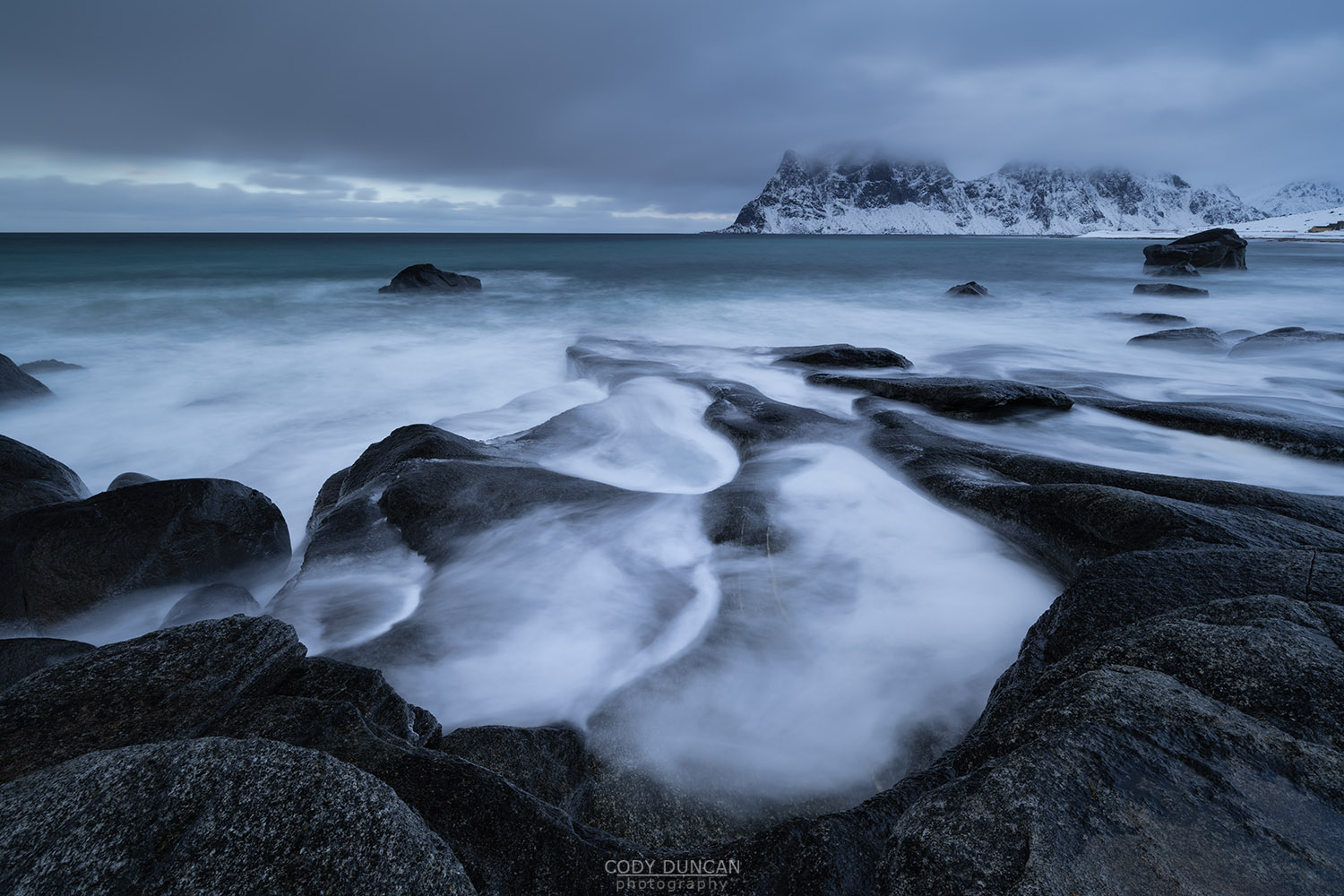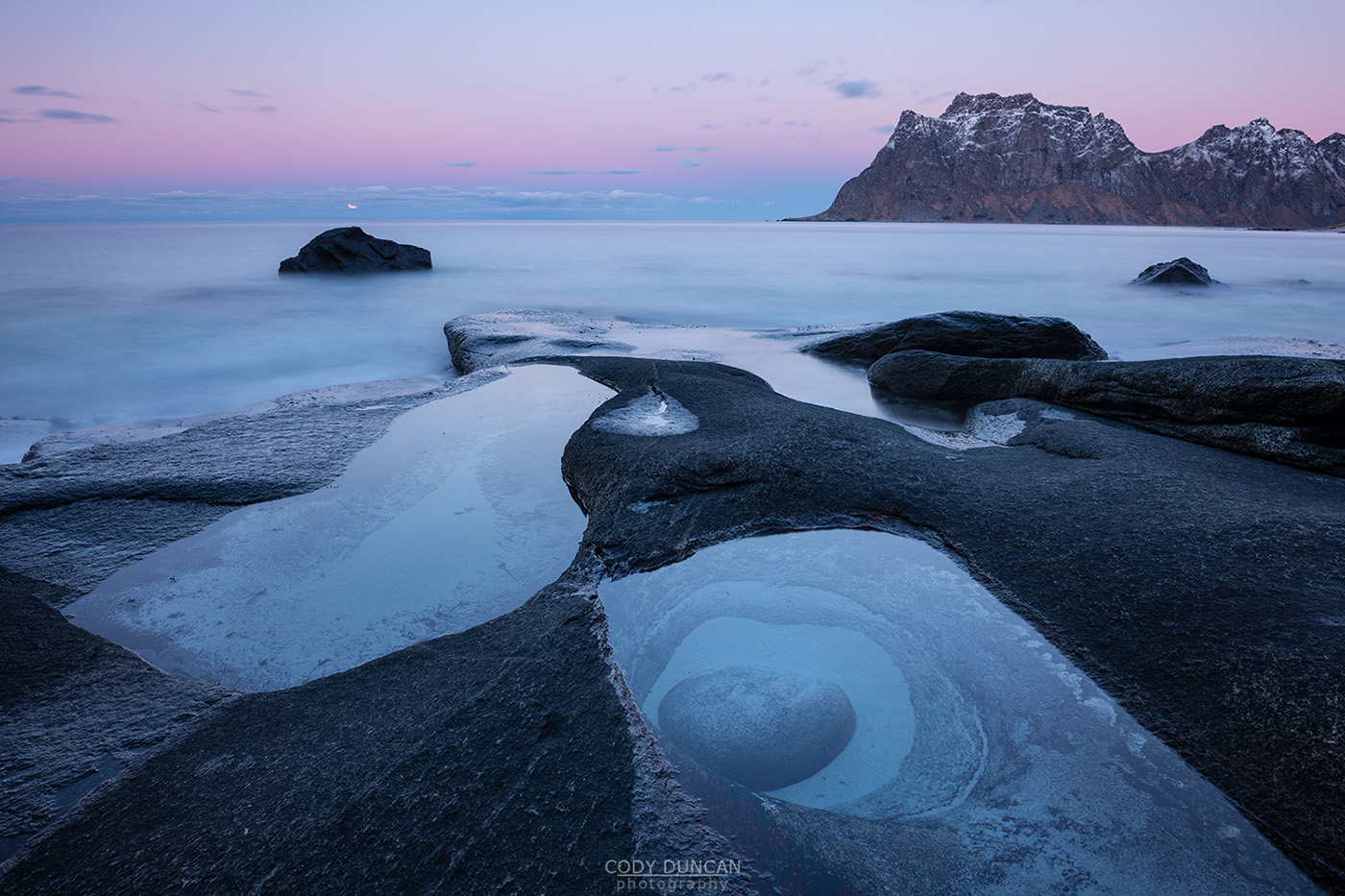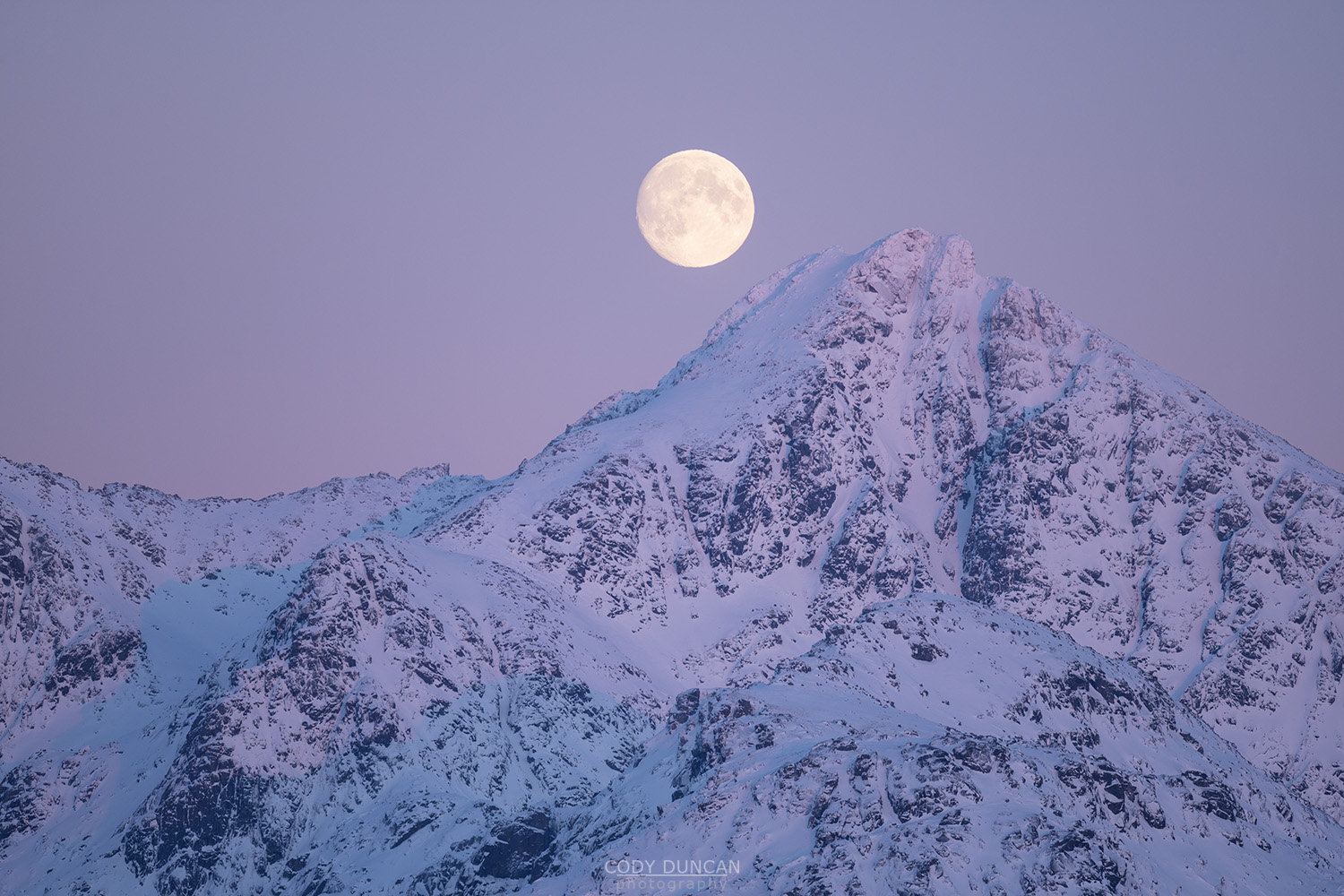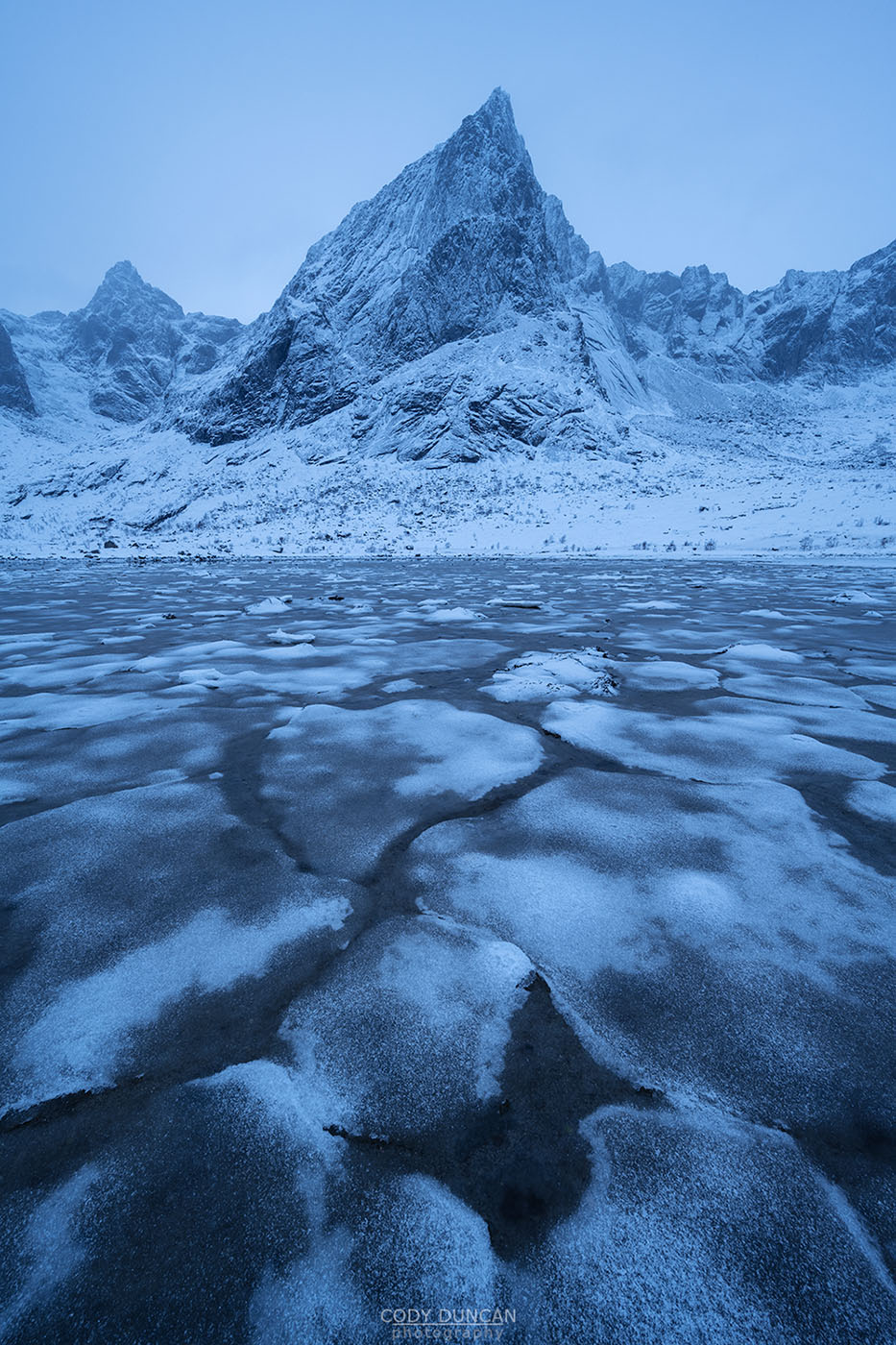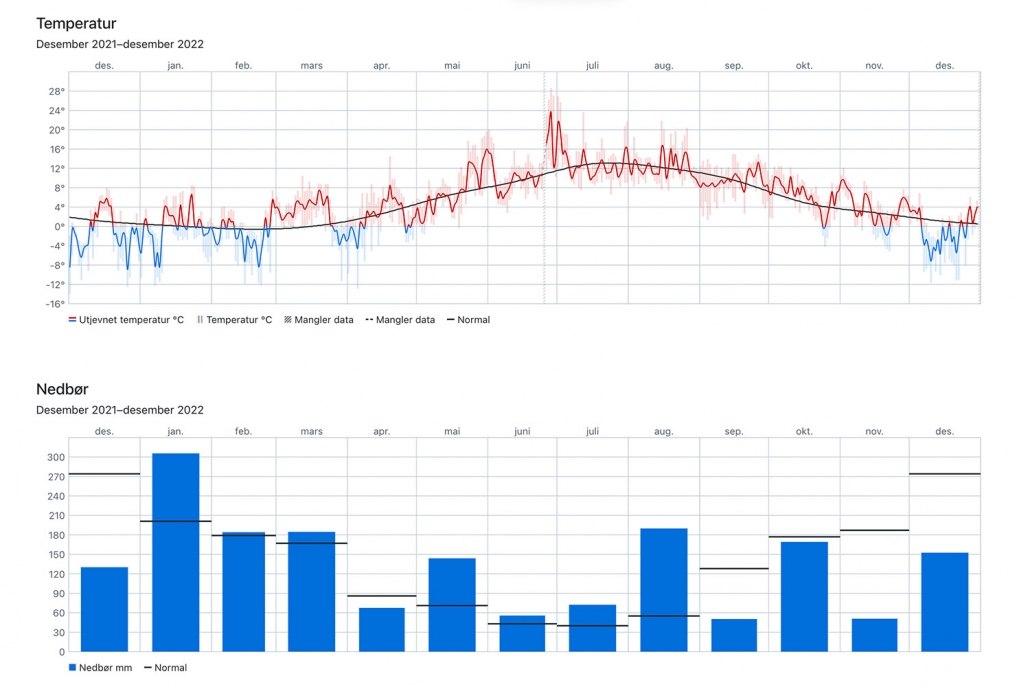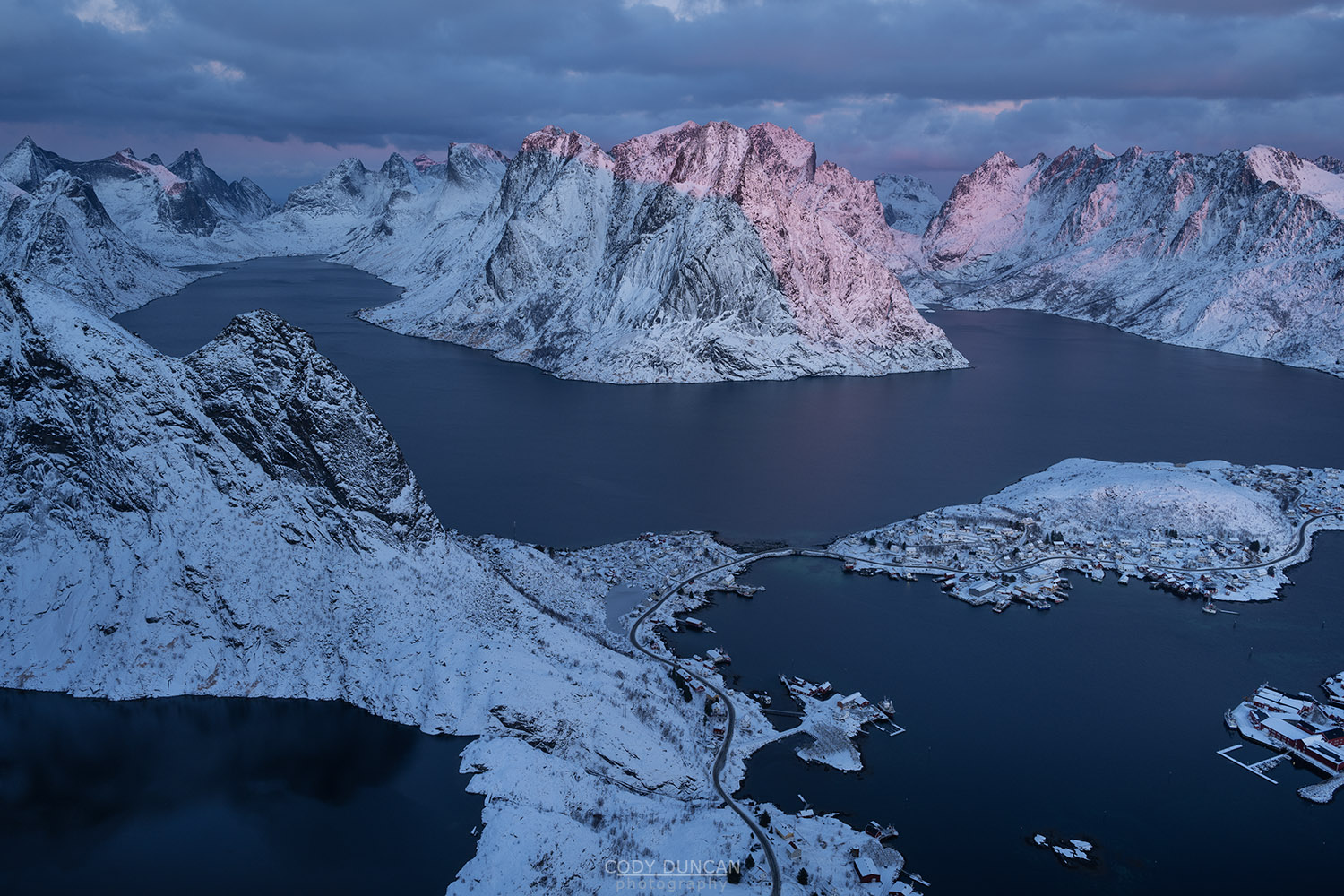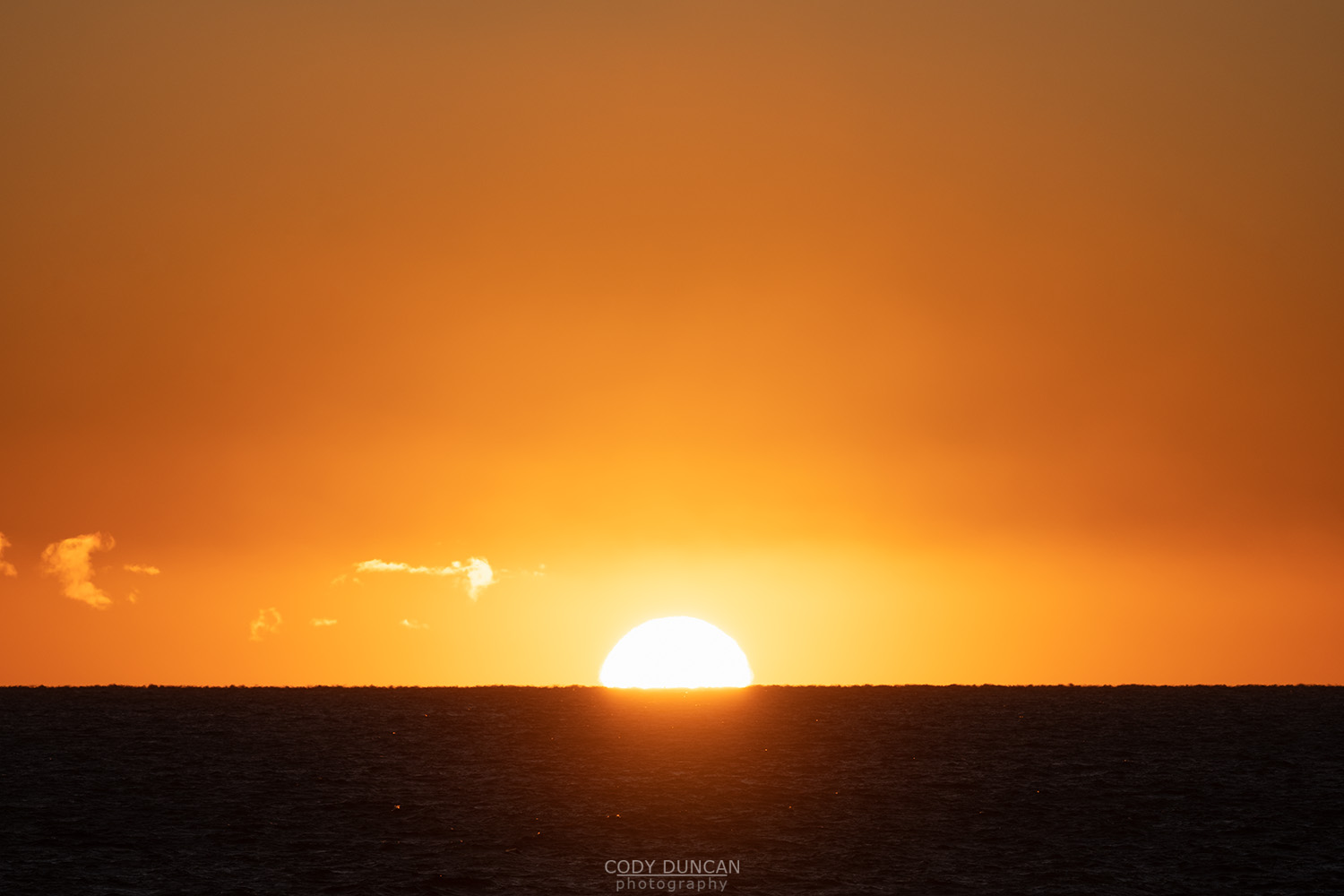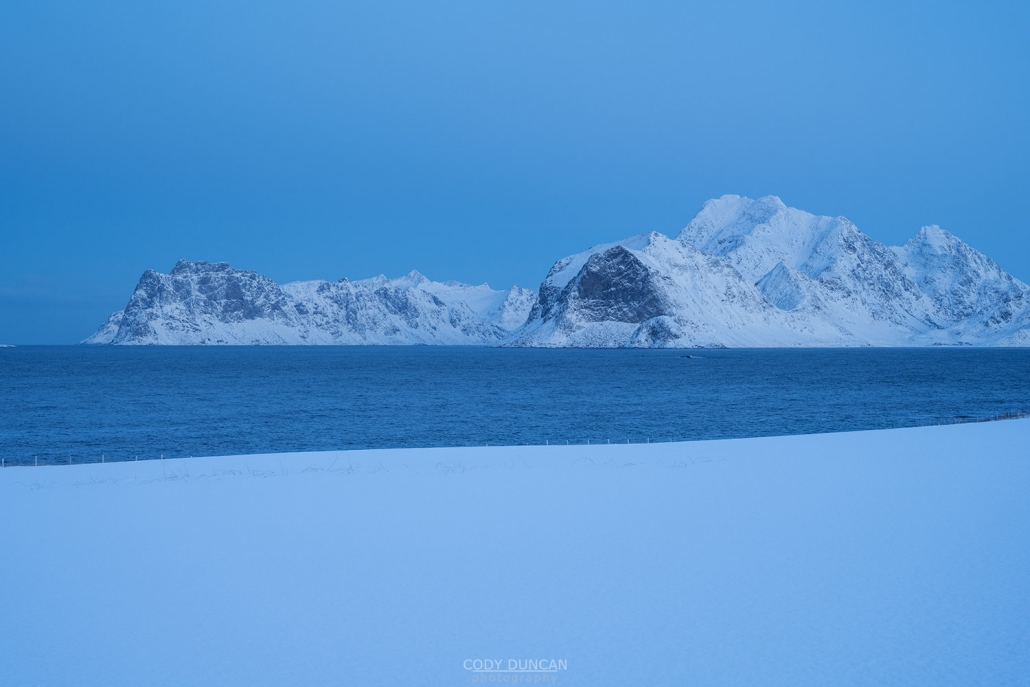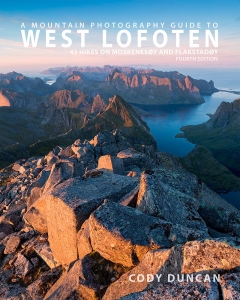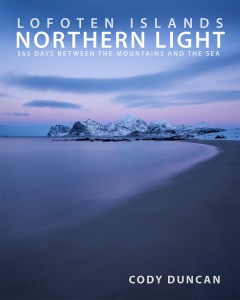Friday Photo #530 – Hamnøy Aurora
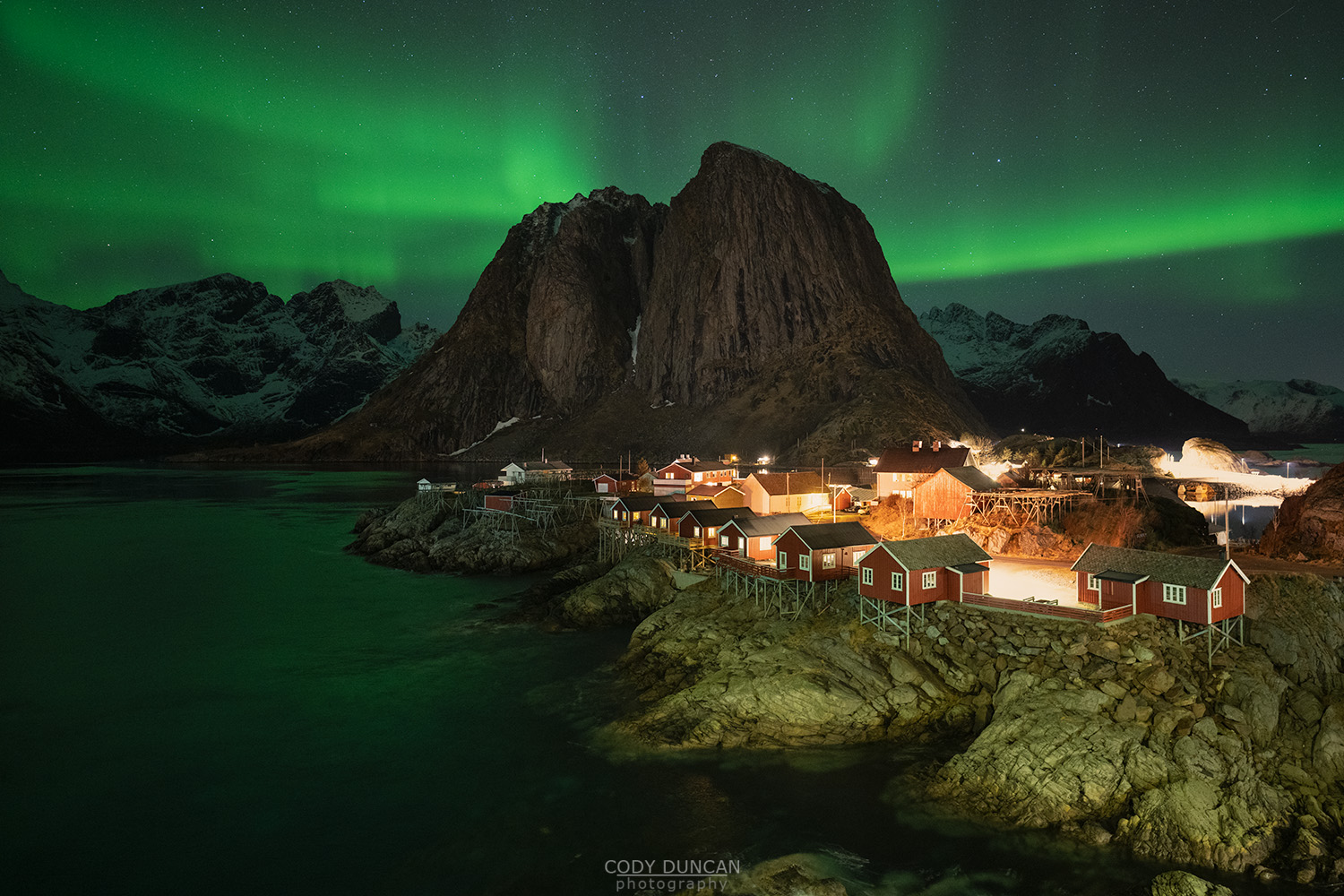
Photo: Northern Lights from the Hamnøy bridge, Moskenesøy, Lofoten Islands, Norway. February 19, 2023. 23:23
After an extended period of grey skies over Lofoten, the weather finally cleared and the aurora once again danced in the sky over the islands. I wrote last week (friday photo #529) about the winter crowds on Lofoten this February. And while the Hamøy bridge has always been one of the most popular sunrise locations, it now seems to have become one of the more popular aurora locations as well, as crowds lined the bridge every night with even a small potential for aurora.
While I understand why it is one of the more iconic sunrise location of Lofoten, I’m not quite sure why it has become so popular for northern lights. It is technically a quite difficult image for aurora, as there are multiple light sources of various intensity which makes most images requiring somewhat complicated post-processing – at least more than I like to do, though I’m perhaps in the minority here. And it also requires the northern lights be be in quite a specific area of the sky, much more so than other locations. So in a rare clear sky in the 2nd half of February this year, ‘the bridge’ would definitely not have been my first choice of aurora locations. And this photo was only taken after I had visited multiple other areas previously this evening – and my workshop group was staying the foreground cabins, so it was a short walk from ‘home.’
Below, you can see the behind the scenes of the image. Not anywhere near an enjoyable nature experience, but more like the hustle and bustle of a big city. And the bridge lights (the yellow cast of the foreground rocks) are so bright, that you can barely see the northern lights with your own eyes. So everyone was taking pictures of something they didnt even get to enjoy themselves! It’s one thing for me, living on Lofoten with 8 months of aurora per year, but if this was your only chance, and you spent your time on the bridge. Ehh, I don’t know… Perhaps photos are more important than actual experience these days.
Head over to my Instagram account for (almost) daily postings of the local conditions here on Lofoten: @distant.north
Camera Info:
Nikon Z7 II
Nikon 20mm f/1.8
20mm
ISO 1000
f 2.0
5 seconds
WB Daylight
